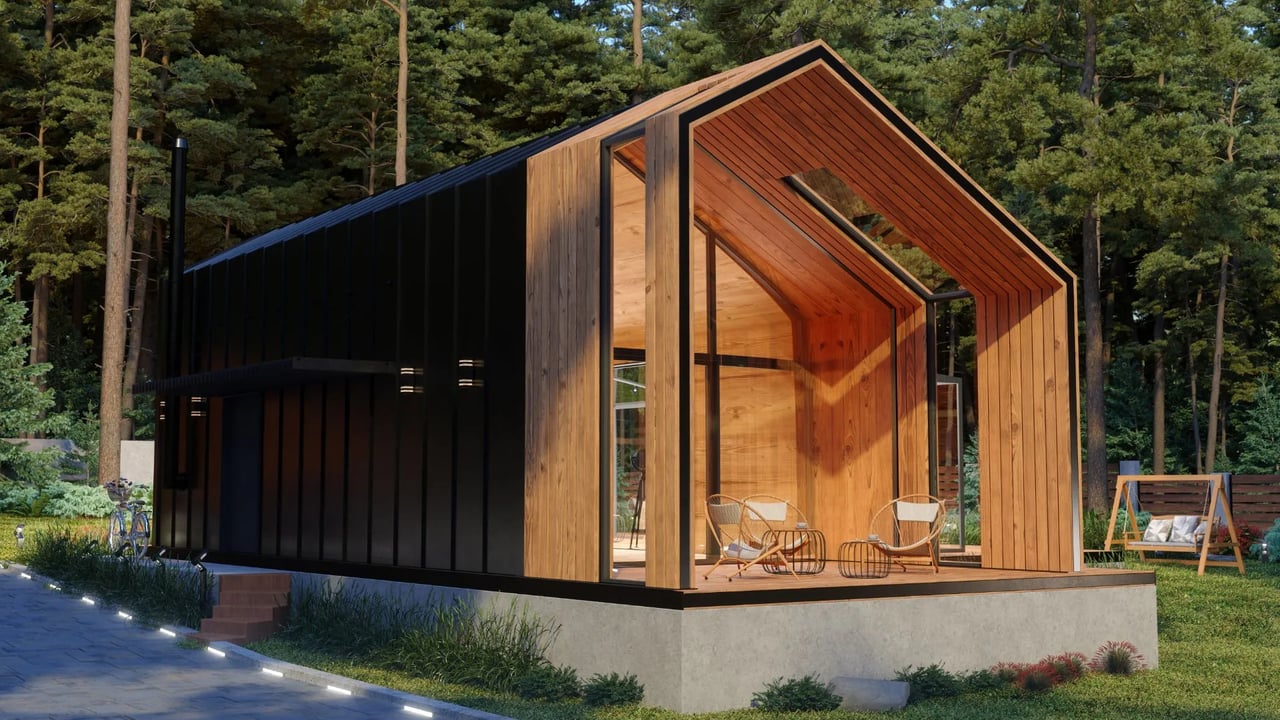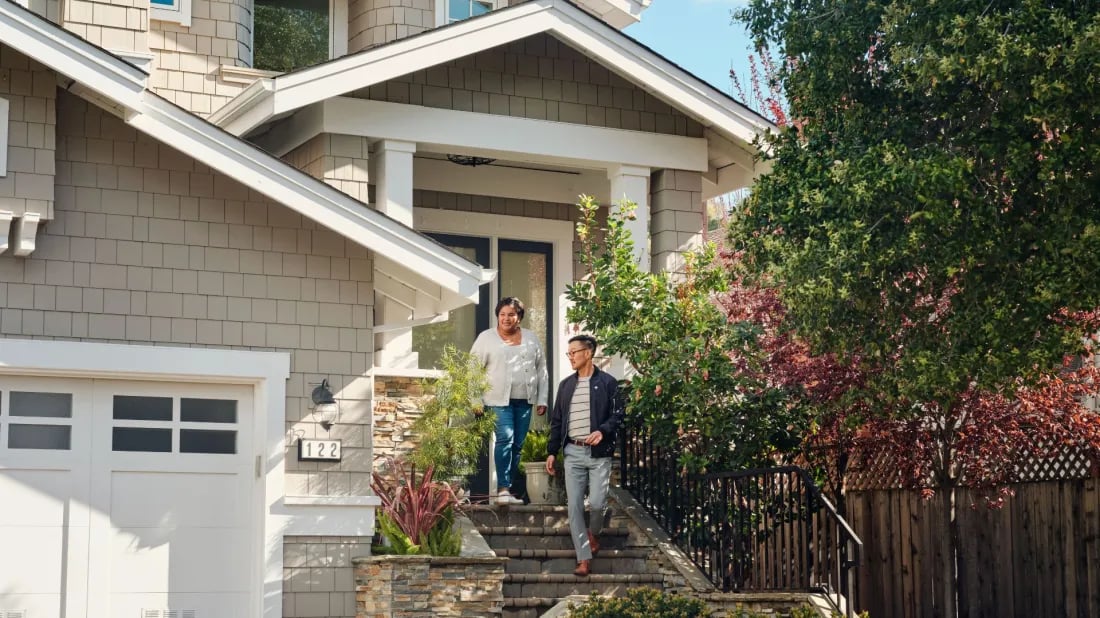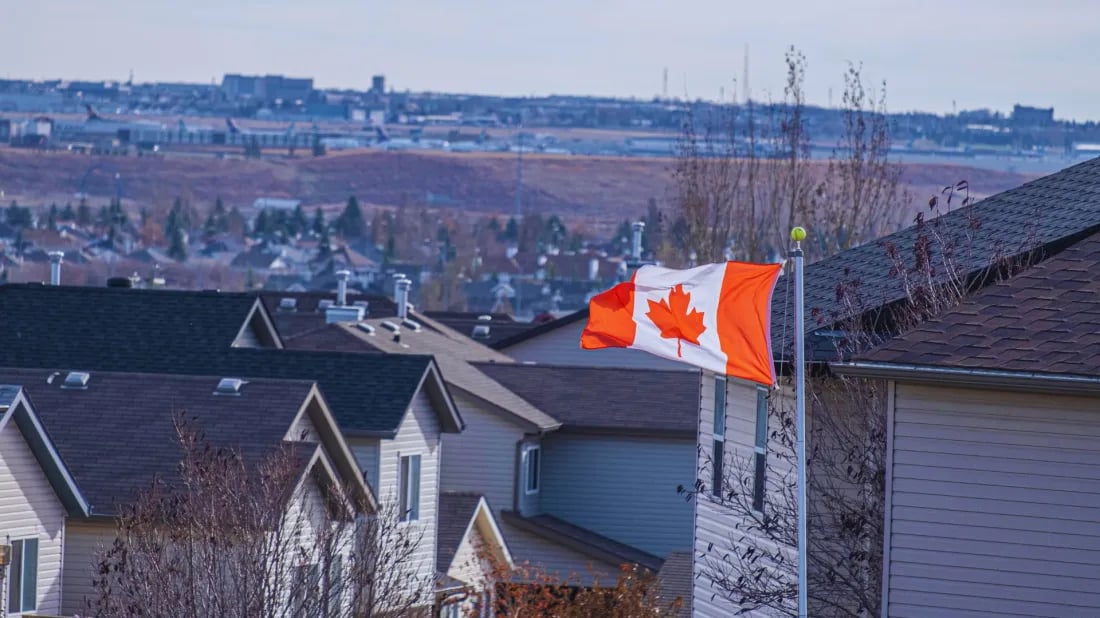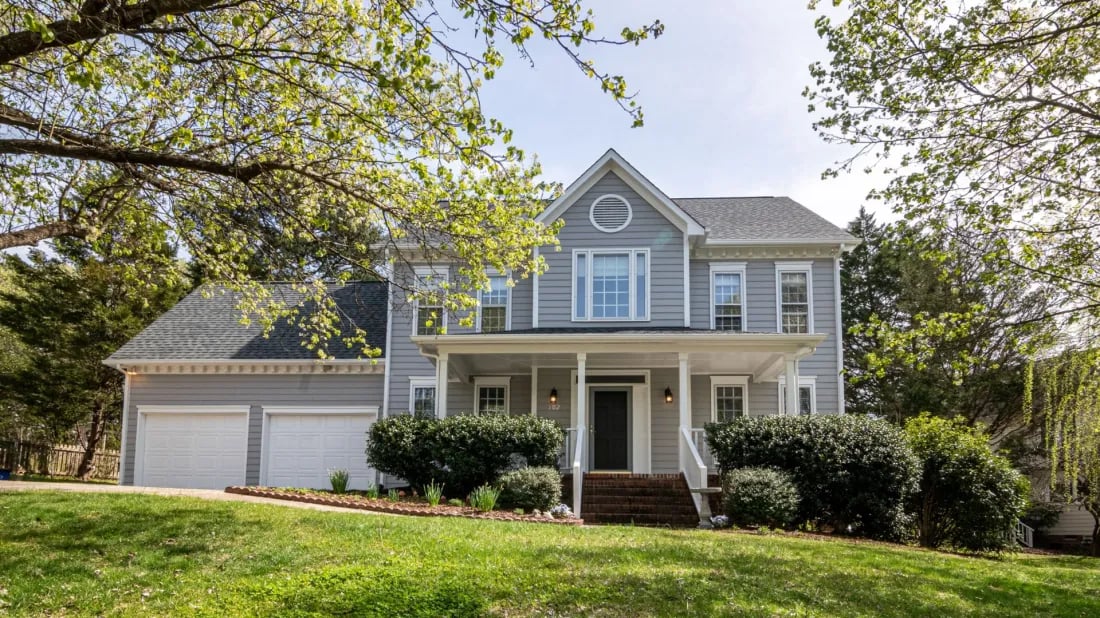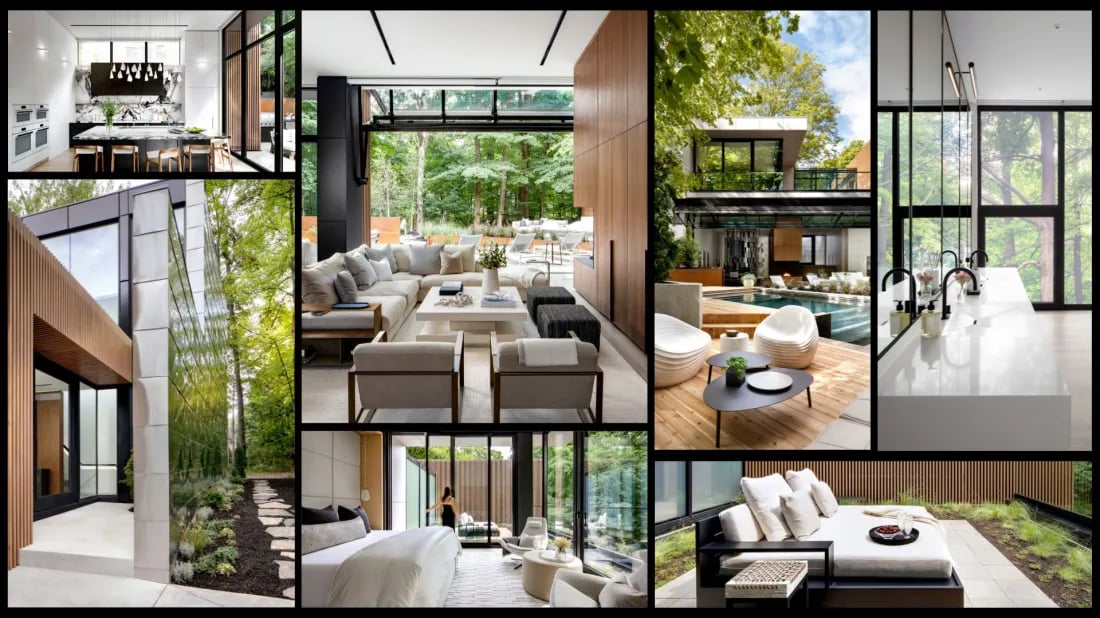A laneway home, also known as a garden suite, accessory dwelling unit (ADU) or coach house, is a small, self-contained living unit built on an existing home’s property. These units can be used for a variety of purposes, including generating extra income and expanding your useable living space.
While there are many benefits to adding a laneway home to your property (which we dive into below!), there are also some common challenges such as zoning and bylaw restrictions, site access for construction, utility connections, rising material and labour costs, and securing financing. Ensure you’re educated and prepared ahead of time, so you know what to expect.
The Advantages of Laneway Suites
Adding a laneway home to your property has several benefits, including:
Earning additional income
Renting out your laneway home is a great way to bring in extra money. In cities with housing shortages, laneway homes are in high demand, making them a potentially lucrative investment. The extra income might allow you to pay off your mortgage, travel more, or retire earlier.
Increasing your property value
Even if you don’t intend to rent it out, a garden suite will make your property more desirable to potential buyers because it will offer them more options for using their home. For example, if a buyer needs a separate office or an independent space for teen children, a property with an extra, self-contained unit will be attractive to them.
Expanding housing options in your community
Many of our urban areas are experiencing housing crises. Adding a secondary dwelling on your property can help to alleviate this problem, especially if the rent is affordable.
Creating a flexible-use space
If it’s not rented out, a laneway home can meet a variety of needs. It can be a guesthouse, a studio, a home office, a teen hangout, a workshop, or a gym. This flexibility can be especially useful for homeowners who work from home, have a growing family, or plan to age in place.
Improving sustainability
Laneway homes are typically smaller in size and require fewer resources to build and maintain than larger homes. This can make them a more sustainable housing option, especially if built with energy-efficient features and materials.
Facilitating multigenerational living
Secondary units allow extended families to live together while maintaining privacy and independence. If you have aging parents who need support or adult children who are moving back in with you, you can give them their own space while staying nearby for when they need you.
Supporting family members with disabilities
A laneway suite could be the perfect option if you have a family member who can live independently with some support. They would have everything they need to manage on their own, but you’re not far away to check in on them if necessary.
What You Need to Know Before Building a Laneway Suite
Before you break ground on your secondary dwelling, you will need to do some research:
Zoning and other regulations
Check with your municipality to ensure this type of structure is allowed on your property. You will need to pay attention to zoning regulations, the number of independent dwellings permitted on your property, regulations around landlord-tenant rights, requirements for the size and height of the laneway suite, the setback requirements, and parking availability.
Building permits
Obtaining building permits involves submitting detailed plans and drawings and waiting for your plans to be reviewed and approved by the local building department. If you are working with a contractor, engineer, or architect, they may offer to get the building permits for you for a fee.
According to Adam, the permit approval process typically takes three to six months, depending on municipal regulations and any required variances. When it comes to companies like Resimate, who specialize in the space and use pre-engineered, stamped drawings, the permit process can move a little bit quicker. “The permit approval typically moves much more quickly as there is rarely a back-and-forth between us and the municipality at this point, shortening the time from initial interaction through site plan work, to permit approval to six to eight weeks on average.”
Design & Build
When designing your laneway suite, consider the size and layout that will best suit your needs. If you plan to rent it out, the unit should be functional and comfortable, with plenty of natural light, storage space, and privacy. Making the space as flexible as possible will help if you intend to use it for other purposes.
Consult with your neighbours
The process of building and managing a laneway suite will be much smoother if you tell your neighbours what you are planning and invite their feedback. Failing to do so may result in problems down the road, especially if your proposed build will require a public hearing.
Look for grants, rebates, and loan forgiveness programs:
Governments at all three levels in Canada often have incentives for homeowners to add secondary dwellings – especially for rental units or energy-efficient designs. For example, the City of Toronto has an Affordable Laneway Suites Program that allows up to $50,000 in forgivable loans and Canada Mortgage and Housing Corporation offers $60,000 in forgivable loans to First Nations or First Nations members to build secondary or garden suites. Check with your area’s governments and housing authorities for the latest incentive programs. Furthermore, the Department of Finance announced in its 2024 Fall Economic Statement that it will double the loan limit for the Canada Secondary Suite Loan Program to $80,000, launching in early 2025, making it easier for homeowners to add secondary homes such as a laneway home, to increase density in our communities. In addition, homeowners can now refinance with insured mortgages to help cover the cost of adding a secondary suite, as of January 15, 2025.
Costs and Payoffs of Adding a Laneway Suite to Your Property
Typically the full process can take anywhere from 12 to 18 months, with actual construction lasting six to nine months. Again, working with an experienced professional can quicken the timeline. “When working with Reismate and our prefab and modular manufacturers, the process is typically shortened to between three and six months, with the actual construction taking six to 12 weeks,” Adam says, because in addition to a quicker permit process, the site work and unit construction are happening simultaneously. “Factory construction also moves much more quickly, as the units are constructed in a controlled environment, where a workstation is set up in the most efficient manner and does not need to be set up and broken down each day.” And thanks to factory construction, weather delays are not a factor.
According to Adam, the typical cost to add a laneway home can range from $250,000 to $600,000, depending on size, finishes and location. However, it is possible to build at a lower cost. “Resimate’s prefab and modular construction methodology combined with the savings from minimizing soft costs pertaining to site and design work, brings the average range between $150,000 to $300,000,” he says, noting that high-end or custom builds may exceed either these ranges in either scenario.
In addition to the initial cost, your property taxes may increase as a result of adding a laneway suite. “Your property taxes are based on your home’s assessed value, and like any large renovation or addition, whenever the value of your home is deemed to be increased it can be reassessed which would increase your property taxes,” Adam says.
Furthermore, you’ll need to maintain your laneway suite just like you maintain your principal residence. “Accessories dwelling units are built to the same standard as a new construction home, therefore maintenance includes roof and exterior upkeep, HVAC and plumbing servicing, landscaping, and structural repairs over time,” Adam says.
But when you consider value of that investment when it comes to your property and the potential to earn rental income, not to mention resale value, the payoff could be well worth the initial and ongoing investments.
How to Find a Reputable Laneway Home Builder
Adam recommends homeowners do their due diligence by checking reviews, references and past projects of laneway home builders they’re considering hiring for their project, and ensuring the proper licensing and insurance are in place. In addition, get a detailed contract outlining costs and timelines. “Working with an experienced designer or architect helps with zoning and efficiency,” he says.
Alternatively, you can connect with a company like a Resimate, which manages every step of the process, including assessing the property for suitability, preparing a report addressing everything you need to navigate the permit process such as maximum lot coverage and setback, utilities to the main dwelling and which upgrades would be required in order to service both homes as well as running secondary services back to the laneway home.
“We consider access requirements for fire code and distance from fire hydrants as well as maximum and minimum distances from existing structures. We consider municipal by-laws related to the additional dwelling units, as well as tree protection and parking requirements. We check mapping to see which third parties would have governance such as conservation authority, transit authorities. Then, we provide fulsome quote for the site servicing, delivery and installation of an accessory dwelling unit provided by one of our 13 approved prefab and modular manufacturers, as well as a comprehensive report detailing which other services you would need such as a new survey and grading plan.”
Ultimately, adding a laneway suite to your property can be a great way to add value and versatility to your home. Whether you’re looking for a source of rental income or a space for a family member, a laneway suite can be a practical and functional addition to your property. Just make sure to do your research and planning before you start your build.
